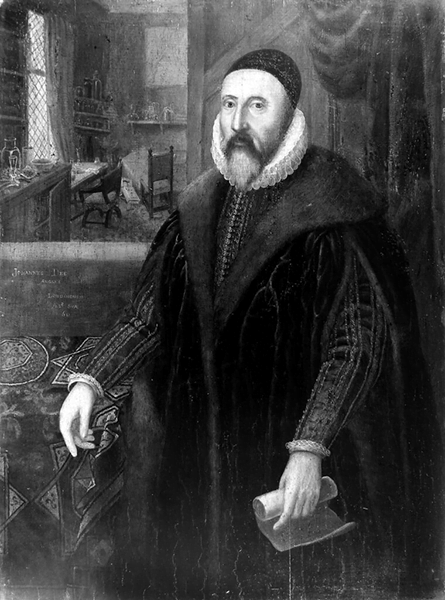Thaumaturgy is a multifaceted concept that draws from various traditions, but some common principles and themes are found across different cultures and belief systems:
•
Invocation of Divine or Supernatural Powers: Thaumaturgy often involves
invoking deities, angels, or other supernatural entities to request their intervention in the physical world.
• Rituals and Ceremonies: Thaumaturgical practices are typically structured around rituals and ceremonies, which may include prayers, incantations, offerings, and symbolic gestures.
• Faith and Belief: Belief and faith play a crucial role in thaumaturgy. Practitioners believe in the efficacy of their rituals and the willingness of divine forces to respond.
• Symbolism and Objects: Symbols and objects with esoteric or spiritual significance are often used in thaumaturgy. These may include amulets,
talismans, sacred texts, or relics.
• Altered States of Consciousness: Some thaumaturgical practices involve altered states of consciousness, such as meditation, trance, or ecstatic experiences, to facilitate communication with the divine.


